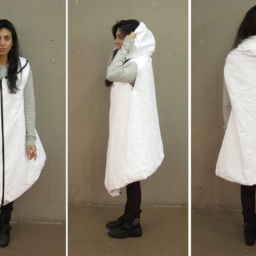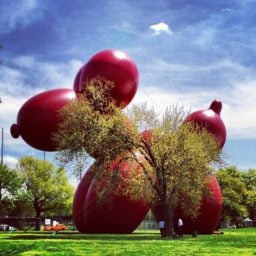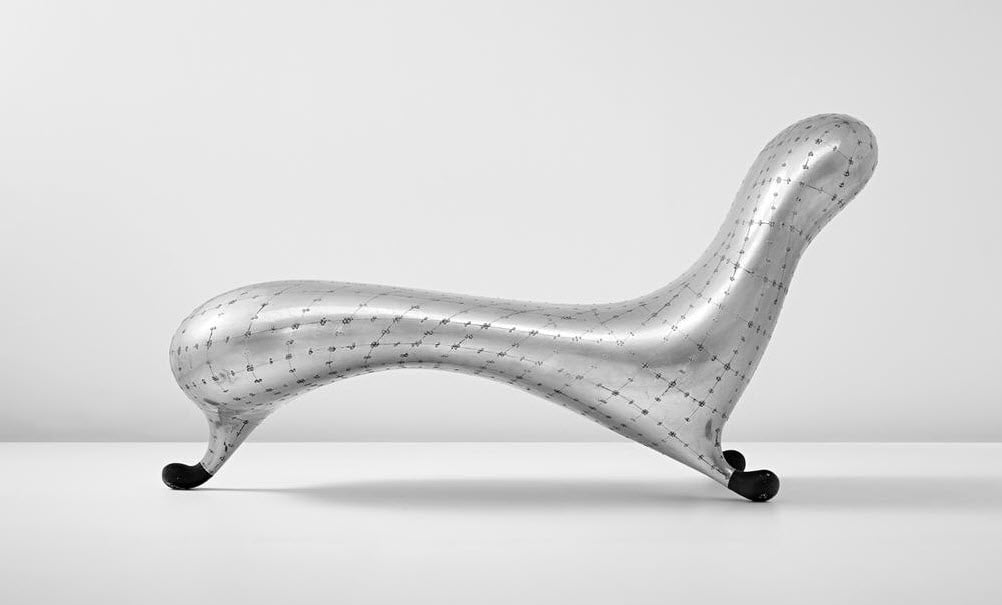

Traditionally, design is the space where form and function meet, and this means that the best design is the one that is closest to the nature of the object being designed. This clinical definition is an insufficient one for today’s high-end designers, who are not only concerned with form and function, but also with style and art. With these two add-ons, there is an overlap between art and design, where the designer is also the artist.
Recently, the market for high-end design has been growing in conjunction with a larger movement toward quality over mass production that has taken hold in communities such as Brooklyn, Portland, and Austin—communities that are now well known for their grass-roots mentality. The symbiotic relationship between high-end design and niche craft movements is evidence of a larger turn toward advocating good design as a way to facilitate a better quality of life.
To generate awareness of this, New York City hosts a citywide celebration of design every May, presenting fairs, lectures, pop-ups, and classes—all with the aim of bringing together the larger design community and increasing general appreciation for design as a way of life.
To get us ready for the upcoming design fest, we’ve put together a list of designers that epitomize both spectrums of the design world at this moment—art on one end and craft on the other—and, more interestingly, all of whom work outside the bubble of the twee art communities popping up across the US.
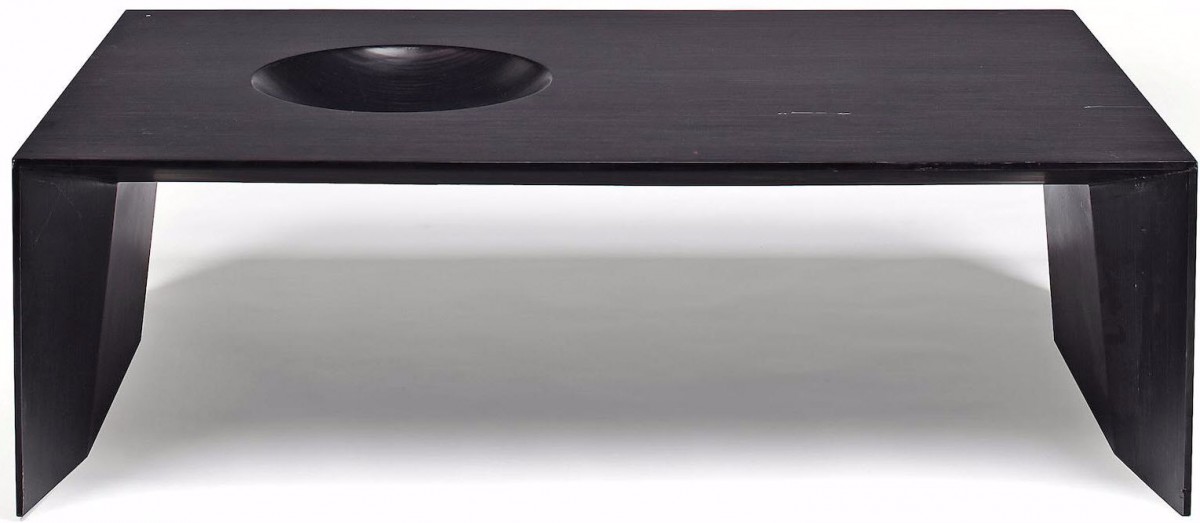
Sebastian Errazuriz. Sale of Bonhams New York, Tuesday, December 14, 2010 [Lot 04340], 20th Century Decorative Arts.
Chilean born, New York-based artist Sebastian Errazuriz has been making waves (literally) as both an artist and a designer, and often occupies both roles simultaneously. At first glimpse, his furniture is unassuming and modern in form, but many of his pieces are comprised of kinetic parts. He appropriates the furniture-making traditions and replicates them on a grand scale, so with a simple push or pull, his cabinets are transformed into beautifully disorienting sculptures. Errazuriz uses multiple joints to explore movement, and re-visualizes the domestic space as a stage for functional fine art.
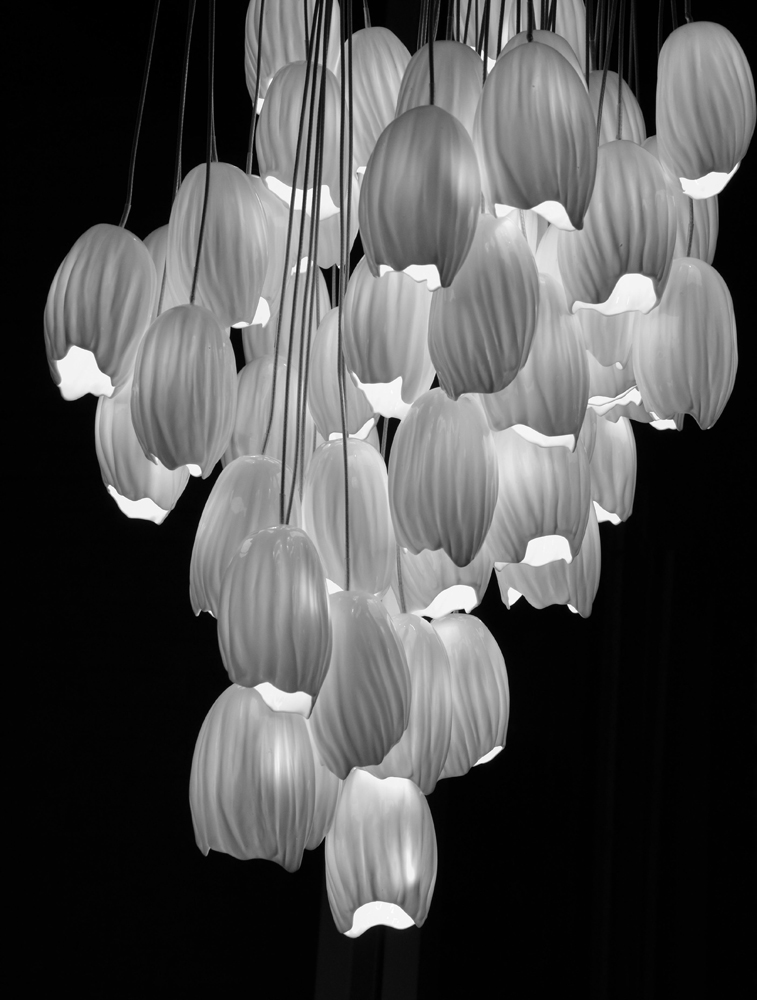
Xie Dong. Sale of Poly International Auction Co., Ltd., Saturday, June 1, 2013 [Lot 01336], 现当代艺术之国际知名设计师作品 / Modern and Contemporary Art – International Design.
In the last decade, working with ceramics, glass, and porcelain has been popularized as a nostalgic return to the use of the hand among artists and designers alike. The dominance of mass production in the post-industrial age has created a market for handcrafted, usable objects. Chinese designer Xie Dong has situated herself neatly in this market. She began as a clay ceramicist, and now works exclusively with white bone porcelain. Her porcelain objects are representative of the wabi-sabi aesthetic, which goes hand-in-hand with the craft mindset. They are not cookie-cutter objects, fresh from the factory, instead, they are wrinkled, curved, and imperfect—proof that they were touched by the human hand. Xie Dong’s objects elevate design to the level of art with their unique human stamp.
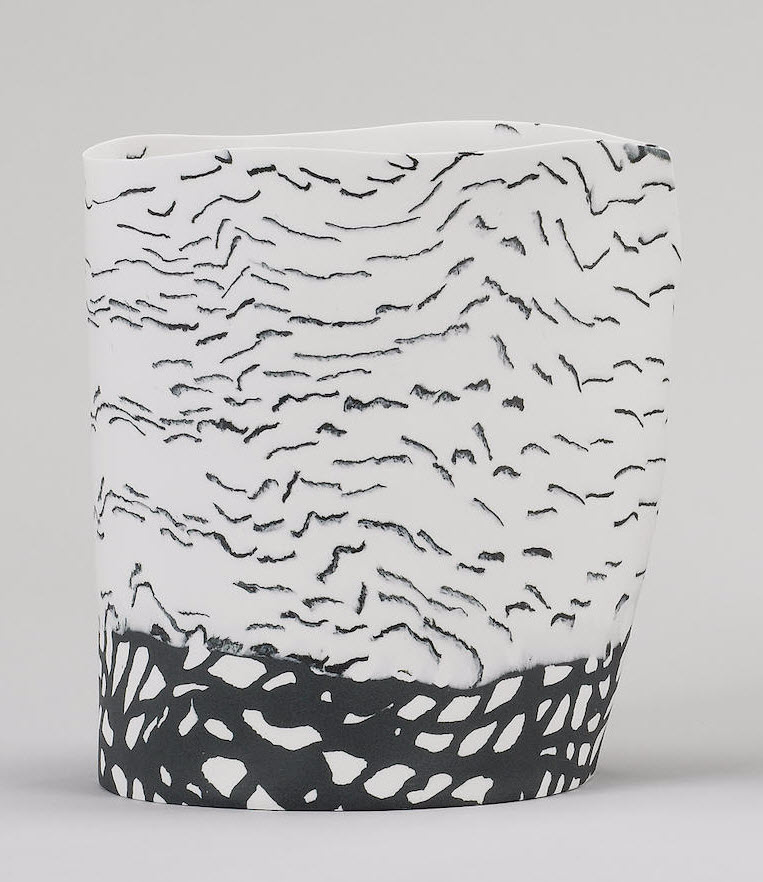
Henk Wolvers. Sale of Bonhams Knightsbridge, Wednesday, November 26, 2008 [Lot 00226], International Contemporary Ceramics.
Like, Xie Dong, Dutch artist Henk Wolvers is a porcelain ceramicist. His method of production closely aligns with the tenets set by Abstract Expressionism. When shaping the clay, he does little to force the shape, allowing it to form on its own. Favoring spontaneity over control at every stage of production makes his work less the result of the industrial complex and more the result of the randomness of nature. There is an inherent tendency toward naturalism in the contemporary design world, and Wolvers’s mode of production is in complete congruence with this. Furthermore, the randomness makes his works one-of-a-kind. This parallels the idea of design as an expendable grid. There are certain parameters within which a design fits—all apples aren’t created equal due to external conditions, but they all have the same function. Similarly, all of Wolvers’s designs are subject to randomness, but they still fulfill the same function as bowls, vases, and other domestic objects.

Marc Newson. Sale of Phillips London, Tuesday, April 28, 2015 [Lot 00226], Design Evening Sale.
Rather than erasing all traces of industrialism, Australian artist Marc Newson’s furniture designs act as symbols of Modernism’s enormous influence on all types of production. Newson studied jewelry design, and works primarily as an industrial designer. On the side, he has always made one-of-a-kind pieces of furniture. His most popular piece is the record-setting Lockheed Lounge chair. Newson was first inspired to create this piece after closely studying a painting by neoclassical painter Jacques-Louis David featuring a chaise lounge. This initial inspiration led to a more in-depth study of the chaise lounge, resulting in the construction of this piece. There is an underlying irony to this chair’s construction. Though this chair is made by hand, the materials are all direct products of the industrial age: aluminum, polyester, and fiberglass. Newson’s works straddle the line between the ready-made and the hand-made. The idealism leading the way in design communities today is not always as clear-cut as it may seem, since most products are still mass-produced, and this distinction seems to matter little when Newson’s lounge chair snagged close to $4 million in a recent design auction at Phillips London.
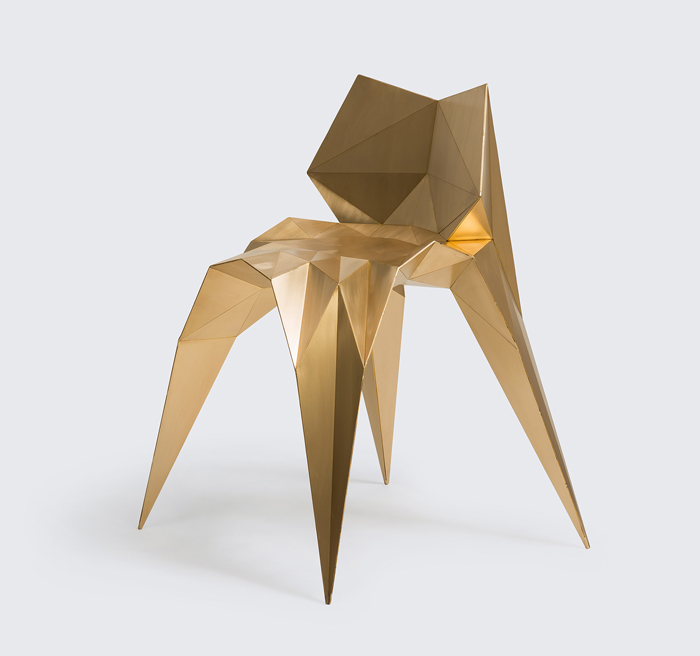
Zhang Zhoujie. Sale of Poly International Auction Co., Ltd., Monday, December 1, 2014 [Lot 04030], 艺术设计专场 / Art Design.
This attention-garnering digital furniture is conceived through a combination of artificial intelligence design and traditional Chinese artistic perspective. Zhang Zhoujie is more of a creator than a designer, since the forms he uses are almost impossible to envision without the aid of technology. The fantastical, steel objects resemble the infinite interior of a kaleidoscope, and are formulated through math logics and the laws of digital engineering. Once completed, the design objects can be easily mistaken for conceptual art with their lightweight, crystalline forms. As both furniture and sculpture, Zhang Zhoujie’s pieces look toward the future of computerization, as well as the changing dynamic between humans and design.
To stay on top of the high-end design market, new collectors are encouraged to follow design sales at Sotheby’s, Christie’s, Rago Arts and Auction Center, Leslie Hindman Auctioneers, Wright, Phillips, and Palm Beach Modern Auctions.



